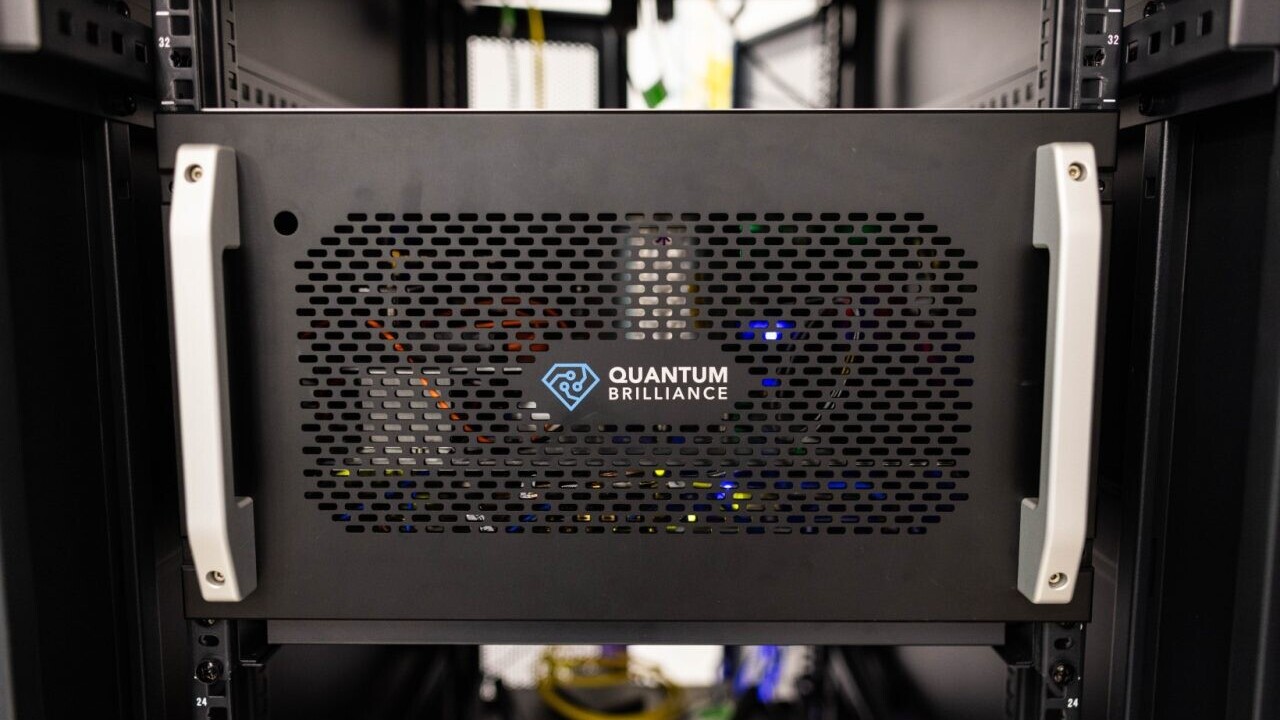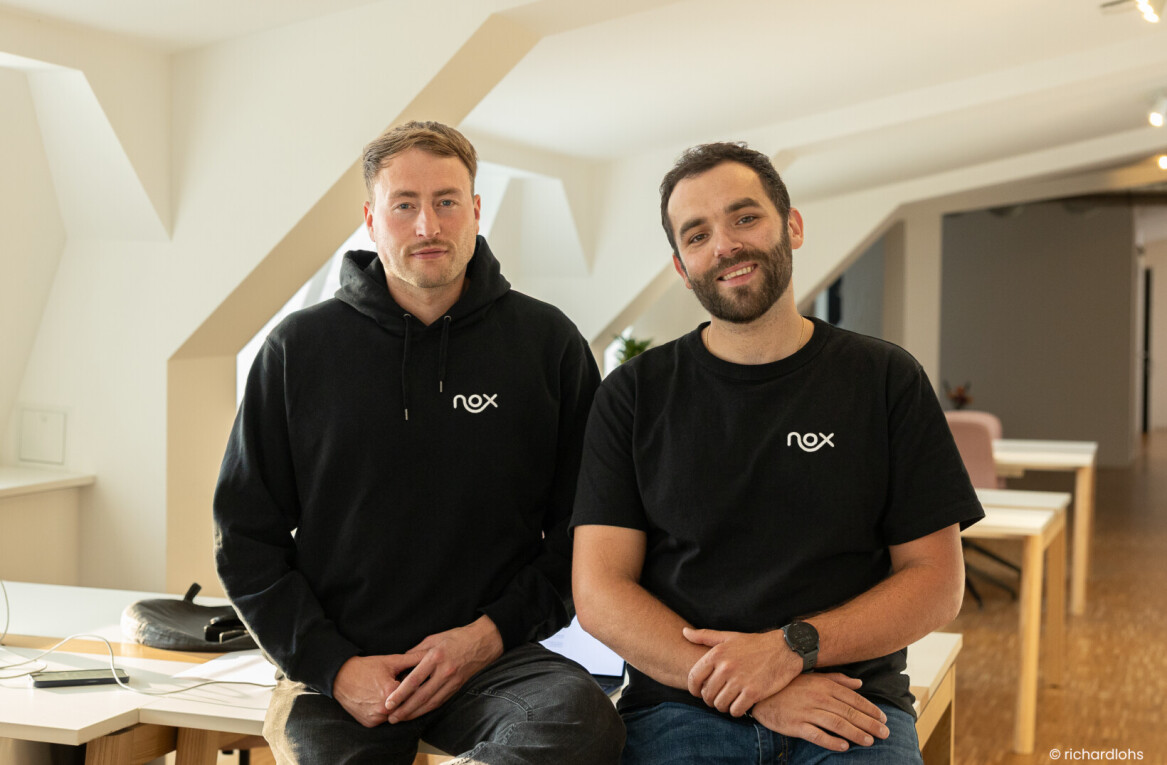
The Oak Ridge National Laboratory (ORNL) in Tennessee is the stuff of computation legend. From playing a central part in the Manhattan Project and the development of the first nuclear bomb, to housing the world’s first exascale supercomputer, it sits at the very edge of what is possible given the extent of our scientific knowledge to date.
Now, ORNL has chosen to partner with Quantum Brilliance for a hybrid quantum-classical project built on the Australian-German startup’s room temperature quantum accelerator — made from diamond — to give its supercomputers a quantum boost.
Before we get into the bling part, it is worth defining a few terms. A quantum accelerator is a specialised hardware unit that speeds up specific quantum algorithms, or tasks. They act as a co-processor to classical processors, such as CPUs or GPUs, taking on specific quantum calculations.
Essentially, they augment classical computing systems. This is different from quantum processors, which are the core processing units of quantum computers, where qubits are responsible for all computations.
Exploring HPC and quantum integration
Quantum Brilliance specialises in diamond quantum materials and the development of small, ruggedised diamond quantum accelerators that operate at room temperature. It also offers a range of software and application tools to go along with the hardware units.
The strategic partnership between ORNL and Quantum Brilliance will see the two explore the on-premise integration of the startup’s clusters into the institution’s high-performance computing (HPC) systems to ”explore the performance and effectiveness of parallelised and hybridised quantum computing.”
“Parallel quantum computing holds transformative potential for scientific discovery and industrial applications that require high-performance computing,” said Dr Travis Humble, director of the Quantum Science Center at ORNL. Dr Humble added that the partnership would allow the centre to explore effective integration with existing HPC systems and inform the design of future infrastructure.
Hybrid quantum-classical computing is, as already mentioned, when a classical system offloads certain tasks to quantum accelerators or processors. Parallel quantum computing entails several quantum systems working alongside each other to solve a specific problem.
Milestone to achieving massively parallelised quantum accelerators
ORNL belongs to the US Department of Energy. It is home to Frontier — the world’s fastest supercomputer with a computational capacity of 2 exaflop. (One exaflop is the ability to perform one billion billion calculations per second.) It also houses other powerful HPC systems including Summit (the fastest in the world until Frontier came along) and Andes.

Partnering with a world-leading scientific institution to inform the infrastructure of what will undoubtedly be the most powerful hybrid quantum-classical systems is a tremendous achievement for any startup.
“This collaboration represents a significant milestone in our mission to bring quantum computing to practical applications,” said Mark Luo, co-founder and CEO of Quantum Brilliance. “This is a critical milestone towards achieving massively parallelised quantum accelerators, which we believe will be the preferred architecture in HPC centres.”
Founded in 2019, Quantum Brilliance has headquarters in Sydney and Stuttgart and calls itself a global leader in diamond-based quantum technology. This particular approach to quantum leverages the unique properties of diamond as a material, especially what is called nitrogen-vacancy centres.
These can act as stable qubits at room temperature. This gives them an advantage over other approaches that require extremely low temperatures, which would also mean significantly lowering the overall cost of quantum computing.
Get the TNW newsletter
Get the most important tech news in your inbox each week.




